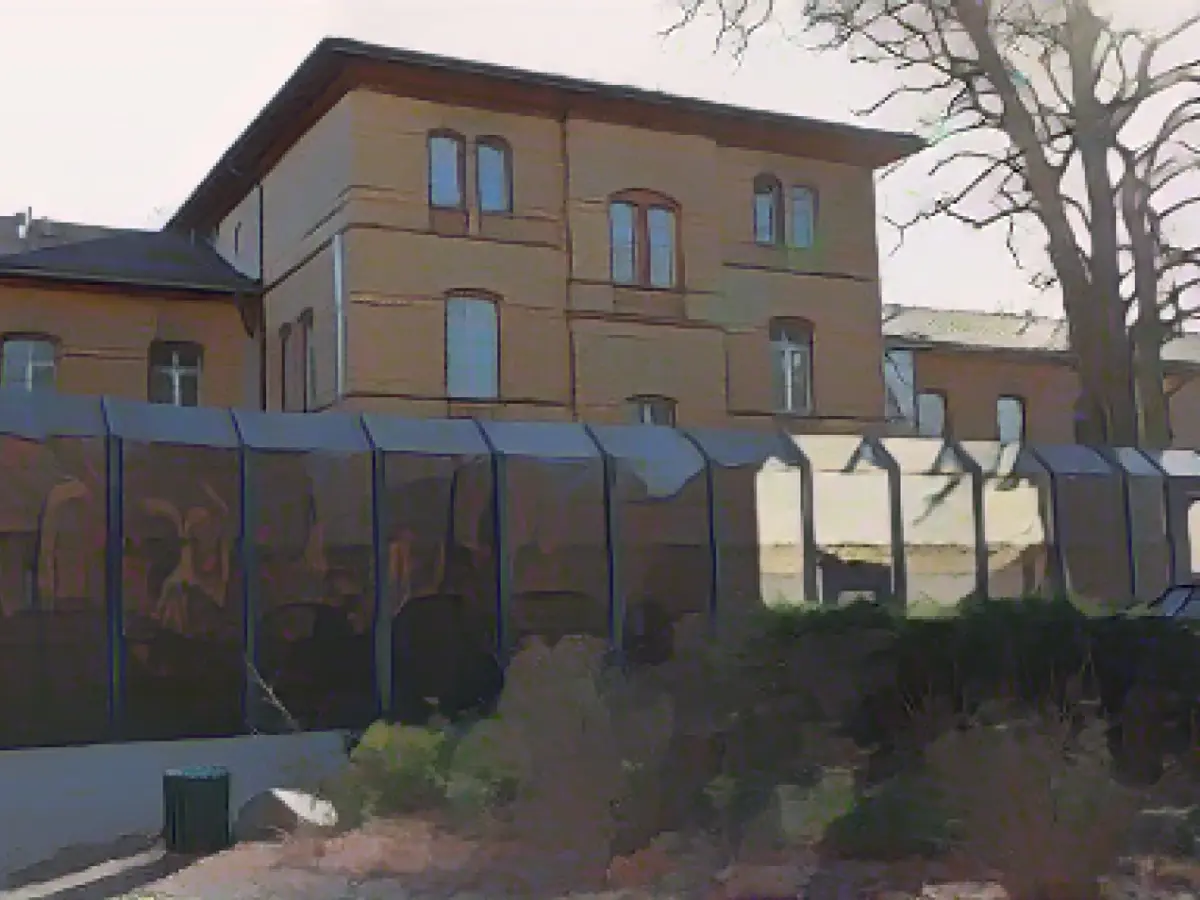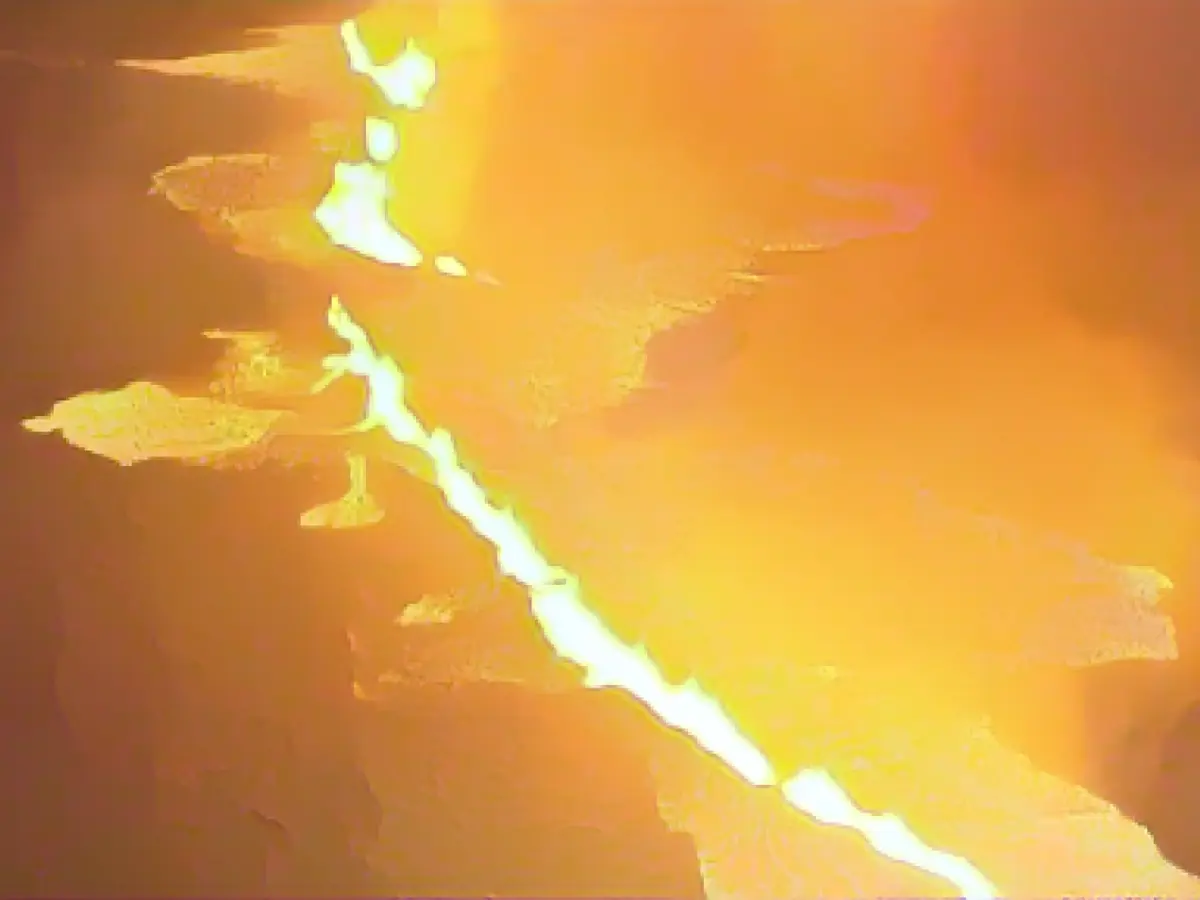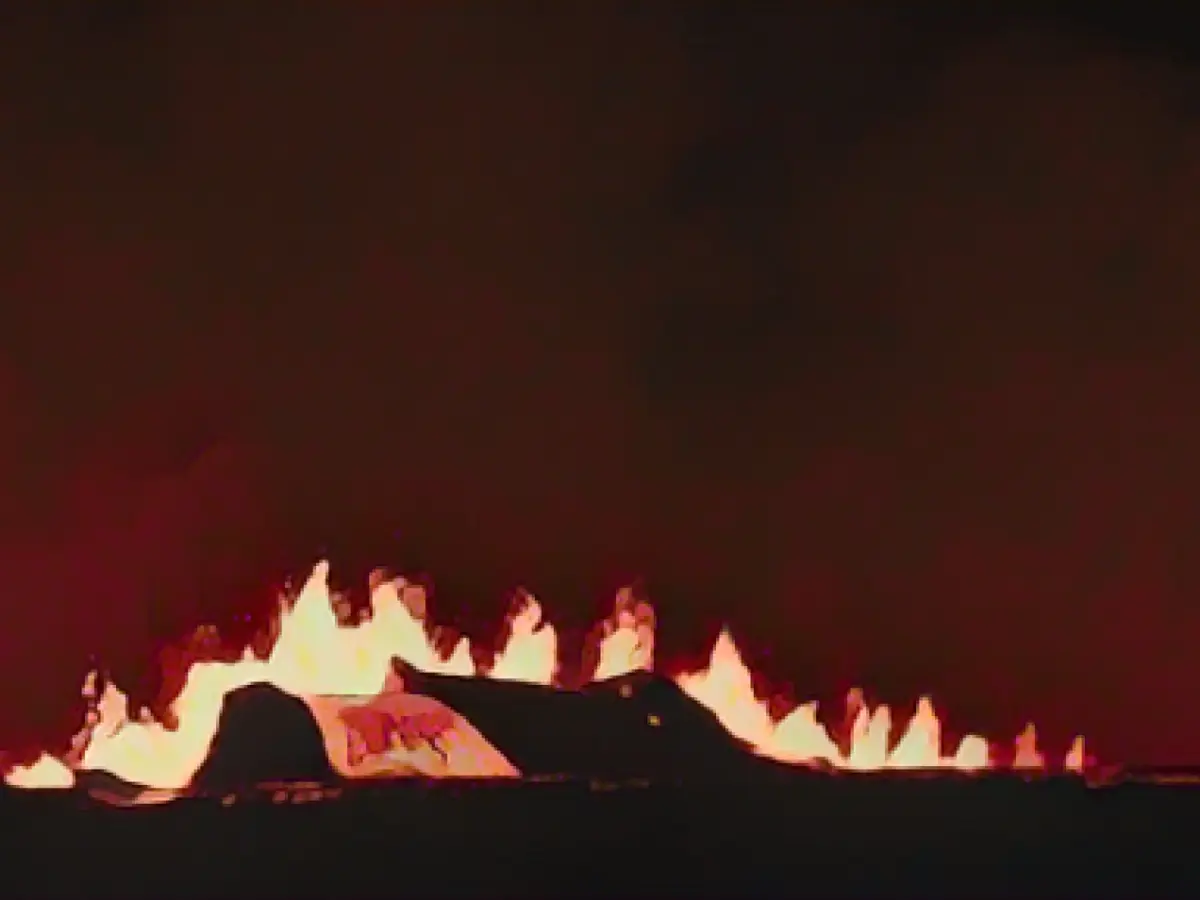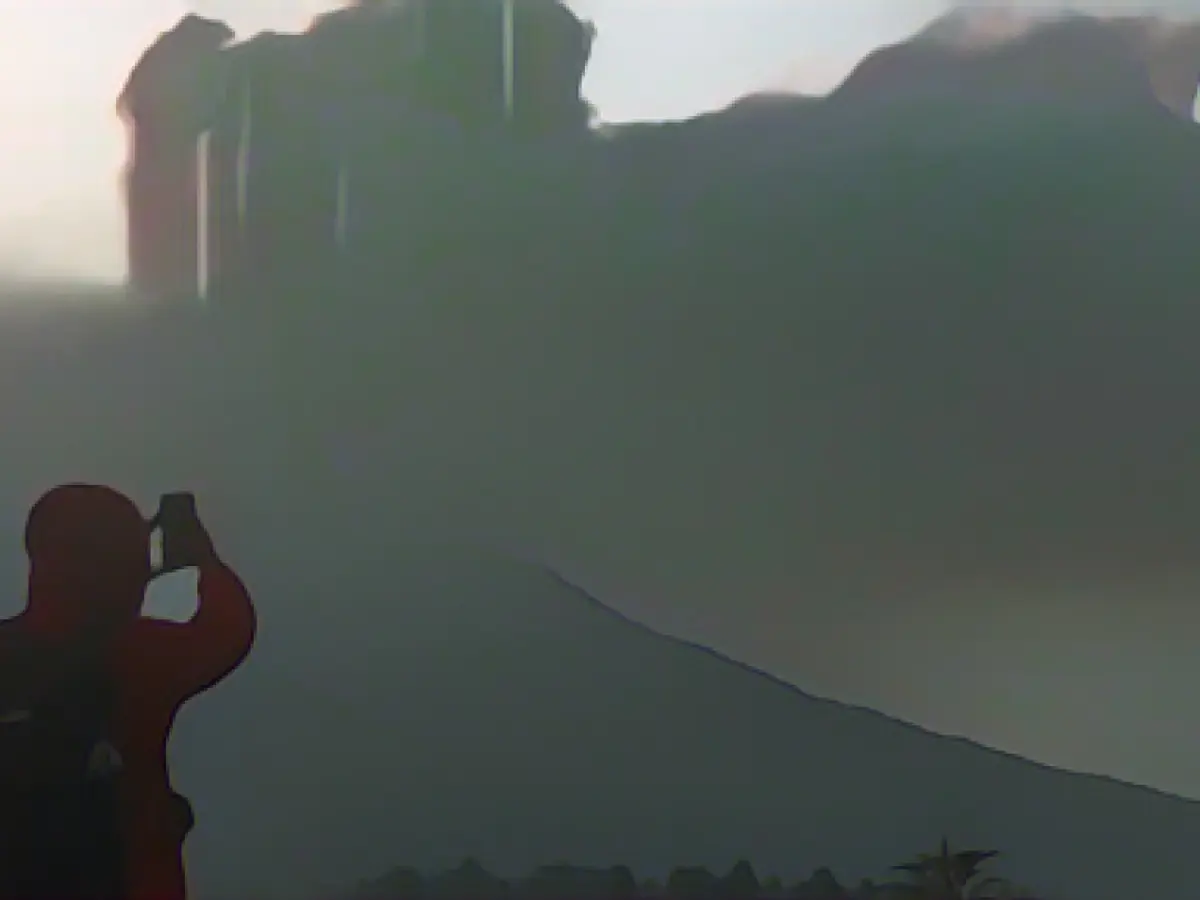In recent days, the Reykjanes Peninsula in Iceland has been besieged by a series of earthquakes, culminating in a dramatic volcanic eruption late on Monday evening. This seismic activity had been intensifying for weeks, causing a sense of unease among locals. The eruption originated north of Grindavík, a town that had already been evacuated in November due to fears of an imminent eruption.
The Icelandic Met Office reported that the fissure that spawned the eruption expanded significantly throughout the night, stretching out to nearly four kilometers by dawn. The amount of lava pouring out of the fissure was staggering, with up to 200 cubic meters leaving the gap every second. This torrent of molten rock presented a daunting sight, as it splashed against the dark night sky, illuminating the area with its fiery glow.
Volcanologist Ármann Höskuldsson indicated that the fissure was now heading towards Grindavík, but thankfully, no lava was threatening the power stations there. Some buildings near the eruption site were placed on alert, but they remained unaffected as of now. Höskuldsson also predicted that the eruption would continue for at least a week to ten days, prolonging the region's turbulence.
President Gudni Jóhannesson urged the locals to abide by all recommendations issued by the emergency services, urging caution during this potentially dangerous period. Grindavík's mayor, Fannar Jónasson, revealed that he was surprised by the eruption's timing, as the seismic activity had eased in recent days.
The Renewable Energy Corporation, which operates the nearby geothermal power station, released a statement saying that their facilities were safe and functioning as expected. Local fishermen, too, expressed relief, as the eruption did not seem to pose a threat to their livelihoods.
Grindavík had been evacuated in November due to similar concerns, with around 4,000 people being moved to safety. Residents were later permitted to return to their homes during the day, but they were advised against spending the night in the area due to the escalating volcanic activity.
The Blue Lagoon, a popular tourist attraction, had reopened after being temporarily closed due to the seismic activity. However, it was evacuated once again during the eruption, making it unavailable for guests. Given its proximity to the capital city of Reykjavik, visitors to the region would likely feel the impact of the eruption, whether through road closures or altered tourist plans.
Iceland, an island nation that lies on the boundary of the North American and Eurasian tectonic plates, is no stranger to volatile seismic activity. With over 30 active volcanoes, the landscape is dotted with several mountains, glaciers, and geysers. The dense seismicity is a testament to the tectonic forces that shape the island's rugged terrain.
Enrichment Data:
- The eruption on the Reykjanes Peninsula is particularly noteworthy because it occurred in the vicinity of a significant seismic activity zone, where hundreds of earthquakes had taken place in recent weeks.
- The magma that fuels the eruption originates from deep beneath the Earth's surface, with the top depth having been assessed to be 800 meters below ground level.
- The melting of ice in Iceland is exacerbating volcanic incidents, as the landmass is losing its protective icy shield, allowing molten rock to reach the surface more readily.
- The ongoing seismicity in the region has caused damage to roads and buildings, necessitating repairs and strengthening measures to ensure resilience against future volcanic activity.
In conclusion, the eruption on the Reykjanes Peninsula represents a significant natural event that will likely impact the local population and visitors to Iceland. The ongoing seismic activity in the area and the retreating ice caps may contribute to further eruptions in the future, necessitating vigilance and preparedness among local authorities and residents.








